#insectivore
Explore tagged Tumblr posts
Text

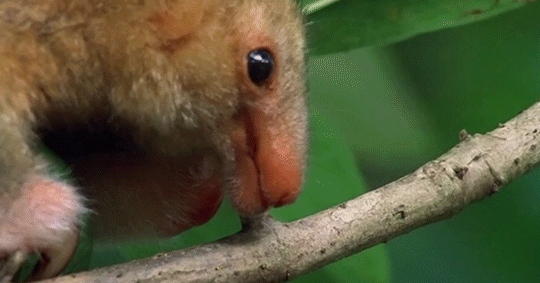


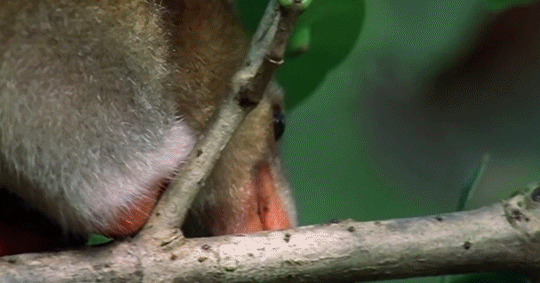

"This slow mover is a silky anteater. His giant claw and a gripping prehensile tail help keep his balance as he walks the mangrove tightropes of the swamp." BBC Earth
#BBC earth#silky anteater#pygmy anteater#trinidad#jungle#swamp#mammalia#pilosa#insectivore#request#earthandsunandmoon
4K notes
·
View notes
Text

Animal of the day: Aardwolf! (Proteles cristata) The aardwolf is a member of the Hyaenidae family, which includes the spotted, striped and brown hyenas! Unlike its relatives, it is primarily insectivorous and consumes termites instead of larger animals, the flesh of which the aardwolf actually dislikes! When it is threatened or excited, the long hairs on its back and tail will raise, making the aardwolf seem larger than it really is in order to scare potential threats! Older aardwolves, due to not needing sharp teeth to consume their primary diet of termites and beetles, will often lose their teeth! Image source: https://simple.wikipedia.org/wiki/Aardwolf
#aardwolf#hyaenidae#insectivore#mammal#animals#weird animals#aotd#animal of the day#termite eater#bugs are yummy#creature#hyena#african mammals#african animals
32 notes
·
View notes
Text

My first post of 2025 and it's some good old speculative biology, specifically from my Pangea Ultima project. A quick recap, the project imagines life 250 million years from now and the current biome I've been exploring is the mountain regions. This post focuses on the birds of this biome and I'll probably move on to the deserts after this. Here's the quick rundown of the animals shown.
Sky God: The Sky Gods are the apex predators of the mountains, hunting anything smaller than itself and only rare falling prey to Death Swarmers if caught in their webs. Roughly around the same size as a modern Eurasian Griffon Vulture, they are also the largest flying organisms of their time. They re-evolved claws on their wings to scale steep mountain cliffs with the assistants of their woodpecker-like feet. When hunting, Sky Gods can attack from the sky as well as peruse prey on the ground.
Hillburrow: The Hillburrows are so named due to the burrows they dig with their strong claws. However, their most striking feature is their emerald plumage that helps them blend in with the mosses and lichens on which they graze.
Spearbill: These small and incredibly fast insectivores developed a symbiotic relationship with the Hillburrows. Being fast and agile along with being more agressive, the Spearbills help fend of predators such as the Sky Gods using their sharp bills to irritate the would be attackers. In return, the Hillburrows share their underground nests with the Spearbills.
A common characteristic all these birds have are natural lenses over their eyes the block harmful out UV light that they would be exposed to at such high elevation.
Happy New Year everyone!
As always comments and critiques are welcome.
#my art#digital art#digital color#digital illustration#creature design#speculative biology#speculative evolution#speculative zoology#future evolution#pangea ultima#mountains#bird#birds#avian#ecology#feathers#predators#prey#carnivore#herbivore#insectivore#claws#beak#fyling#animal#happy new year
16 notes
·
View notes
Text











Nepenthes jacquelineae is endemic to West Sumatra, primarily epiphytic, occasionally terrestrial. The habitat is cool and foggy montane cloud forests and moss forests. The colourful upper pitchers catch flying insects, while the lower pitchers hide in moss and catch small invertebrates like snails. It has been heavily collected for its high market value, and we only found a handful of plants during our hikes.
29 notes
·
View notes
Text

Borealestes, a tiny docodontan, scurrying across the underbrush of what is now the Isle of Skye, 166 million years ago.
#my art#paleoart#sciart#borealestes#docodonta#mammaliaform#mammal#jurassic#isle of skye#scotland#paleontology#digital art#insectivore#animal#nature#extinct#prehistoric
122 notes
·
View notes
Text
#ScienceNews New paper out found a correlation between devastating loss of bat populations and an increase in human infant mortality rates.
No bats in some areas meant more use of pesticides by farms. More pesticides resulted in higher infant mortality rates. Ecosystems need to be conserved and kept intact to function. Human survival depends on it! https://www.science.org/doi/10.1126/science.adg0344

8 notes
·
View notes
Text
Did You Know?
The tiny Asian Musk Shrew is the world's smallest venomous mammal! These shrew-sized critters only weigh about 2 grams and are found in Southeast Asia. Their venom isn't strong enough to harm humans, but it can be deadly to small insects and other invertebrates that make up their diet.
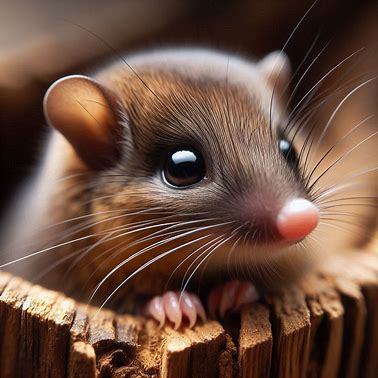
#animals#didyouknow#facts#knowledge#science#venemous#mammal#insects#invertebrates#southeastasia#asiamusk shrew#smallestmammal#interestingfacts#uniq#nature#cute#deadly#tiny#nocturnal#shrewlife#insectivore#conservation#biodiversity#amazinganimals
9 notes
·
View notes
Text

Western Green Lizard (Lacerta bilineata, protected specie) - Maine & Loire France April 2022
#lizard#green lizard#nature photography#photooftheday#original photography#photo on tumblr#insectivore
2 notes
·
View notes
Text
Bracket Winner: True Hipsters

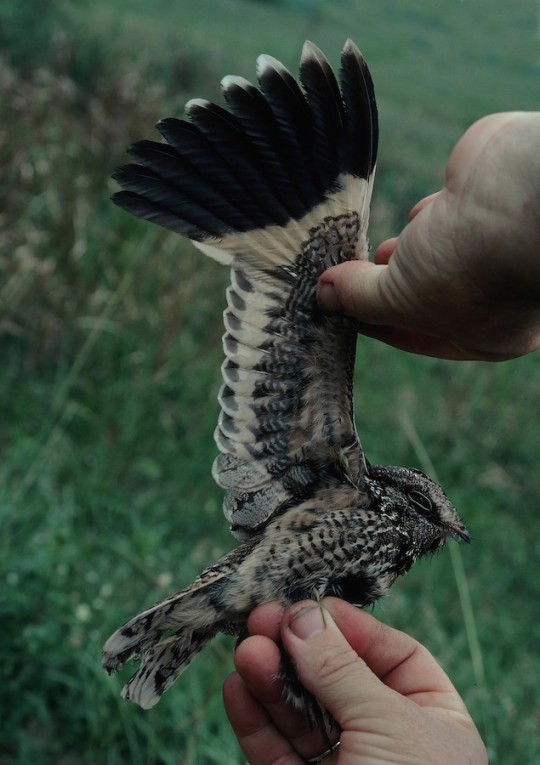
Sickle-winged Nightjar (Eleothreptus anomalus)
Eleothreptus, from Ancient Greek, means "marsh bred"
eBird sightings: 267; IUCN Redlist Rating: Vulnerable
Beat: Palawan Peacock-pheasant, White-tailed Ptarmigan, Kagu, Palau Kingfisher, Capuchinbird
There is not a lot of information on this bird, as nightjar are already cryptic and the common distribution of this bird hasn't been fully studied. They're currently found in northeastern Argentina, southern Paraguay, and southern Brazil. The Sickle-winged Nightjar shares its genus with a single other nightjar, which is also sparsely distributed across South America.
Sources under the cut
Images: wing - Kristof Zyskowski, body - Martjan Lammertink
#hipster bird bracket winner#sickle winged nightjar#eleothreptus anomalus#caprimulgidae#caprimulgiformes#insectivore#south american birds
15 notes
·
View notes
Text



Shrew siblings! Kia, Tibel and Triten!
#oc#ocs#donutdrawsthings#original character#tibel#triten#kia#shrew#shrew oc#anthro oc#anthro#insectivore
24 notes
·
View notes
Photo
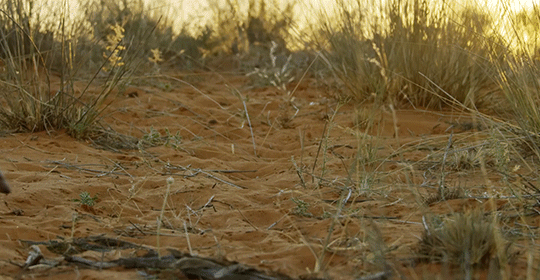
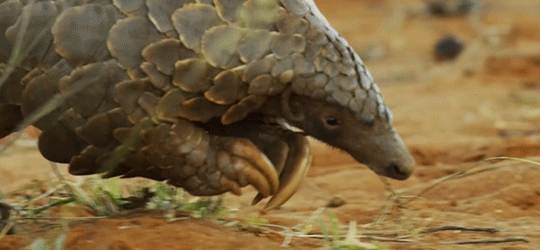
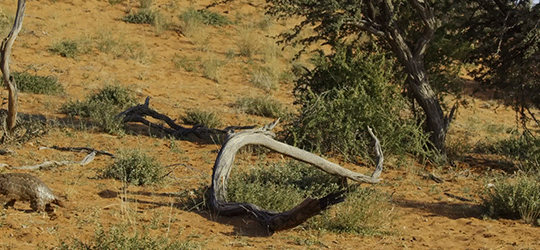

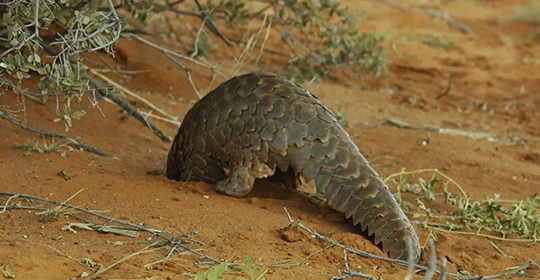
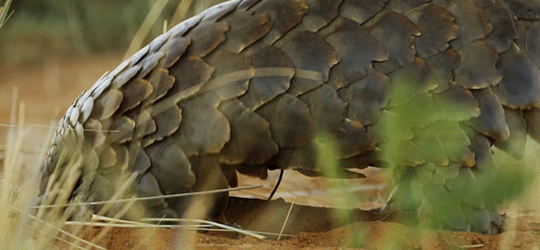
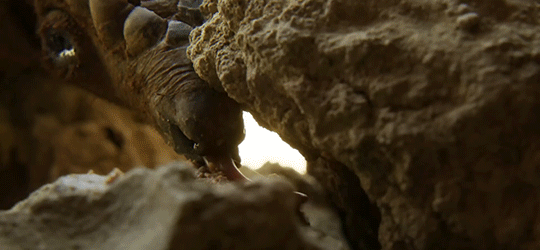
A keen sense of smell enables the pangolin to detect the presence of ants and termites in their nests beneath the sand. Her sticky tongue, some 30cm long, enables her to collect them from deep underground. David Attenborough | BBC Earth
9K notes
·
View notes
Text

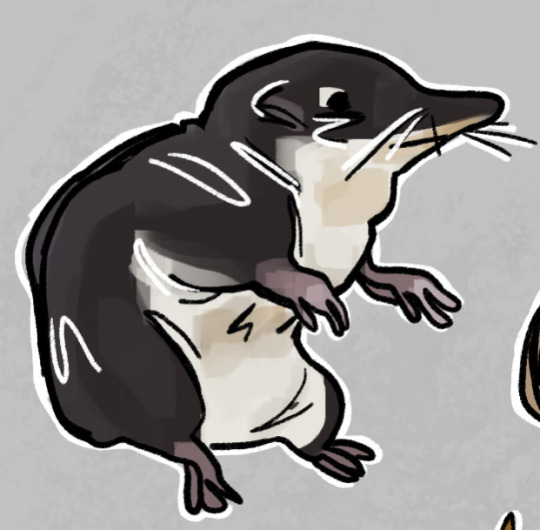
bless their hearts
#shrew#shrews#animals#small mammals#eulipotyphla#insectivore#digital art#my art#artists on tumblr#extravagances
13 notes
·
View notes
Text

This installation of my Pangea Ultima project features some mammals that would live in the mountains. To recap, the mammals of Pangea Ultima are from a group of rodents called the Ashbreathers which evolved during a period of major volcanic/geological activity which resulted in them developing multi-slit nostrils for filtering out the air. Anyway, here are the mammal species showcased.
Mountain Ashbreather: the most common mammal species in the mountains and one of the primary herbivores in their environment, the Mountain Ashbreathers are guinea-like rodents with long legs ending in hooves for transferring steep cliffs and rocky terrain. The males are larger than the females, boasting thick, brightly colored manes for display and intimidation as well as enlarged dewclaws for defense.
Gargoyle Ashbreather: Resembling a wingless bat, the Gargoyle Ashbreather is a predator that specializes in hunting spiders like Leopard Tarantulas. Their long forearms and claws allow them to attack prey without getting to close and risking venomous bites. In case prey does get close, Gargoyle Ashbreathers evolved tough skin similar to honey badgers for defense. Though incapable of flight, they do have flaps of skin between their limbs to slow their decent if jumping from a high location.
Shield-Nose Ashbreather: These mole-like rodents are omnivores that feed on roots as well as small invertebrates they come across. Mostly blind, they are heavily dependent on their sense of smell and the thick structure formed around their faces are used to push out any predators that try to enter their burrows.
As always, comments and critiques are welcome.
#my art#digital art#digital color#digital illustration#creature design#speculative zoology#speculative biology#speculative evolution#future evolution#rodent#predator#carnivore#insectivore#omnivore#herbivore#prey#ecology#mountains#teeth#claws#fur#animals#mammals
13 notes
·
View notes
Text

The inevitable consequences of eating too many insects.
2 notes
·
View notes
Text

DO NOT REBLOG IN NSFW, 18+ (Porno, Naked), AND not in TRASH BLOGS, racism, politic, guns/wars blogs, thanks. Thanks for your views!
A small tree frog found in the rainforest of Lynn Valley, Part of Seymour Provincial Park in North Vancouver, BC
#color#colors#macro#frog#tree frog#amphibian#Canada#Vancouver#Lynn Valley#Seymour Provincial Park#British Columbia#flora#leaf#eyes#siitting#rest#insectivore#rainforest
8 notes
·
View notes
Text

Licky licky aardwolf
Theres a cute hungry aardwolf feasting on termites on 4th wall screen.
This will be the last artwork featuring the 2023 watermark logo for end of this year.
#aardwolf#furry#animal#beast#sfw#fluffy#art#feast#insect#termite#bug#insectivore#food chain#artwork#furry sfw#png art#png#mammal#invertebrates#vertebrates#wildlife#hungry#eating#eat#cute#wholesome#positive#kawaii#original art#jammie doggo
2 notes
·
View notes